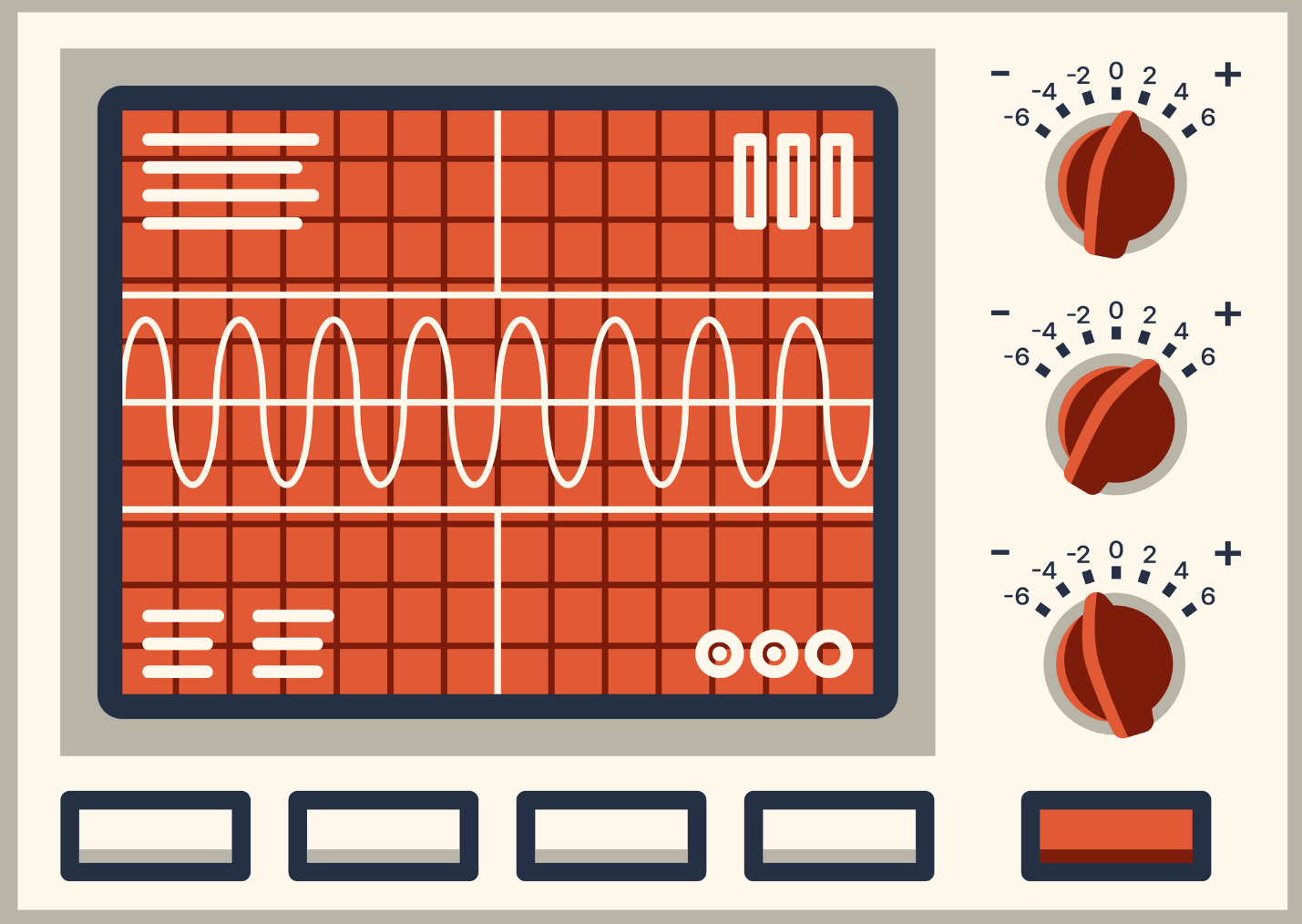Recognizing the Signals
...by navigating the Green Path well.
Recently I’ve been banging on about the proficiency taxonomy, specifically the Green Path that can help meet people where they’re at.
However, even familiarity with the proficiency taxonomy and the Green Path model doesn't prevent one from drifting into doing what’s familiar to our own facilitating, mentoring, and coaching methods. It is already challenging to assess where a team or learner is truly at, but then we have to know how to meet that team or learner where they are at.
Easy to say. Hard to do.
As such, I have compiled some common signals for when you are and are not on the Green Path, assuming that you’ve identified where on the Green Path you wish to be.
Familiarity – Awareness
Common Signals you’re on the Green Path:
Instructor shares a single concept and then look for a discussion attaching that concept to learners’ past experiences.
Common Signals you’re off the Green Path:
Instructor asks learners to “just recognize” cases of successful application and then look for a discussion of what led to that success.
Comprehension – Guided Action
Common Signals you’re on the Green Path:
Instructor asks them to do exactly what is shown with no change. Name the behaviors so that learners can have reference points as they increase their knowledge.
Common Signals you’re off the Green Path:
Instructor asks them to “just go for it” even when watching. Even worse, learners are asked to finish on their own. Also, if instructors invite analysis in the recipe or instruction design. Lastly, have unique names for each subtle variation because what is obviously different to you when be unseen by the learner. For example, a boy scout leader asking his troop to “tie a knot” could result in 15 different knots. Asking his troop to “tie an overhand knot” will result in 15 overhand knots or questions on how to tie an overhand knot.
Conscious Effort – Reinforcing Practice
Common Signals you’re on the Green Path:
Every new task has a new exception, but are giving support for working through that exception. This stage goes much faster for those who have good tool support.
Common Signals you’re off the Green Path:
Instructor asks for performative work without any nuance. White lab work is a classic example. The other extreme asks for pairs to assess each other’s nuanced contexts.
Conscious Action – Exploring Practice
Mastering the patterns by knowing what to try.
Common Signals you’re on the Green Path:
Instructor has context as the driver for decision making. They are presenting similar problems with nuances that result in different solutions.
Common Signals you’re off the Green Path:
Instructor pushes inspect and adapt, trying to teach how to be truly iterative. Also, you’re off the Green Path if those individuals are being encouraged to market the essence of the concept to others. Same white labs also misses the mark.
Proficient – Professional
Finding and manipulating unseen patterns.
Common Signals you’re on the Green Path:
When self-designed experiences amongst like-minded individuals are occurring and new ground is breaking for each person. Examples would be on-going ensemble or a small group unconference. Being asked for consultations are also good indicators and learning opportunities.
Common Signals you’re off the Green Path:
If you happen to be mentoring somebody at this stage, then the only way to get off the Green Path is to waste their time with lower order thinking around this skill.
Unconscious Competence - Thought Leader
If you’re wondering why Unconscious Competence is not on the Green Path model, it’s simple. Skills at that level aren’t in coaching, mentoring, or instructional sessions to learn more. In fact, they are likely a mentor to those teaching the skill, and representing a thought leader in the field. So while it is important to represent on the taxonomy itself, I don’t place it on the learning journey that would be guided with intention.
Helpful?
If you have found my work so far on proficiency helpful, please subscribe for more!



